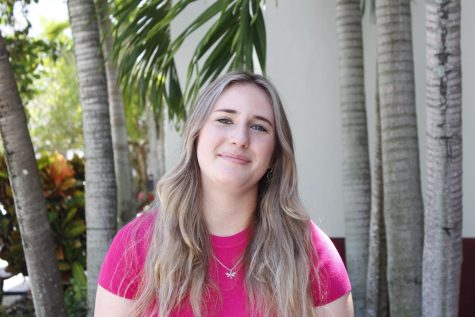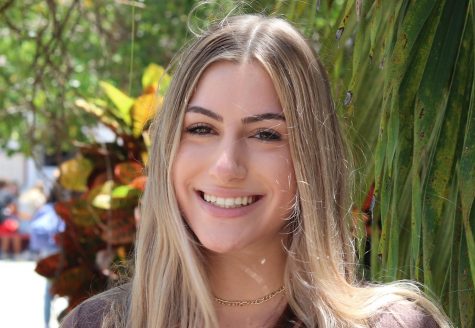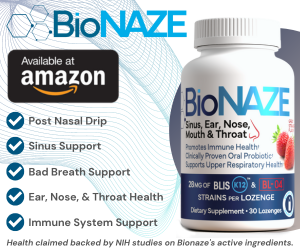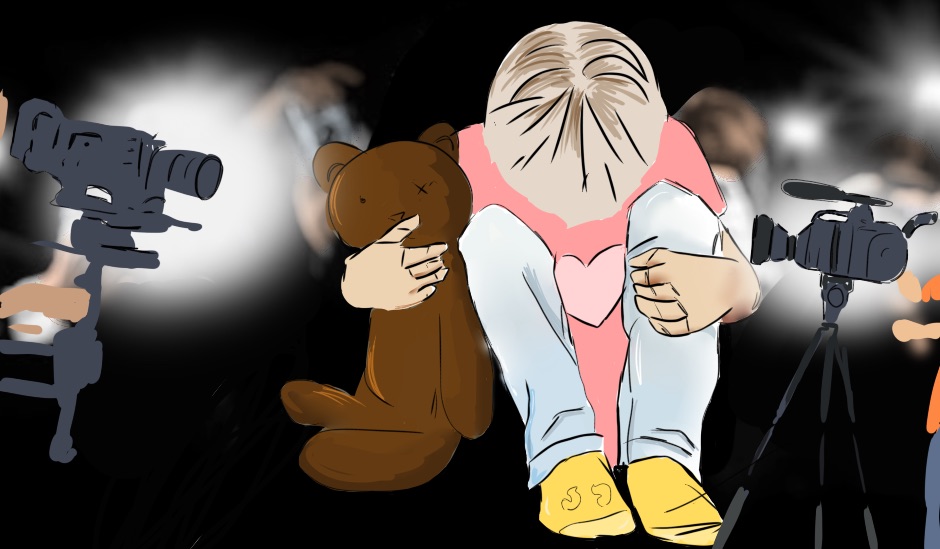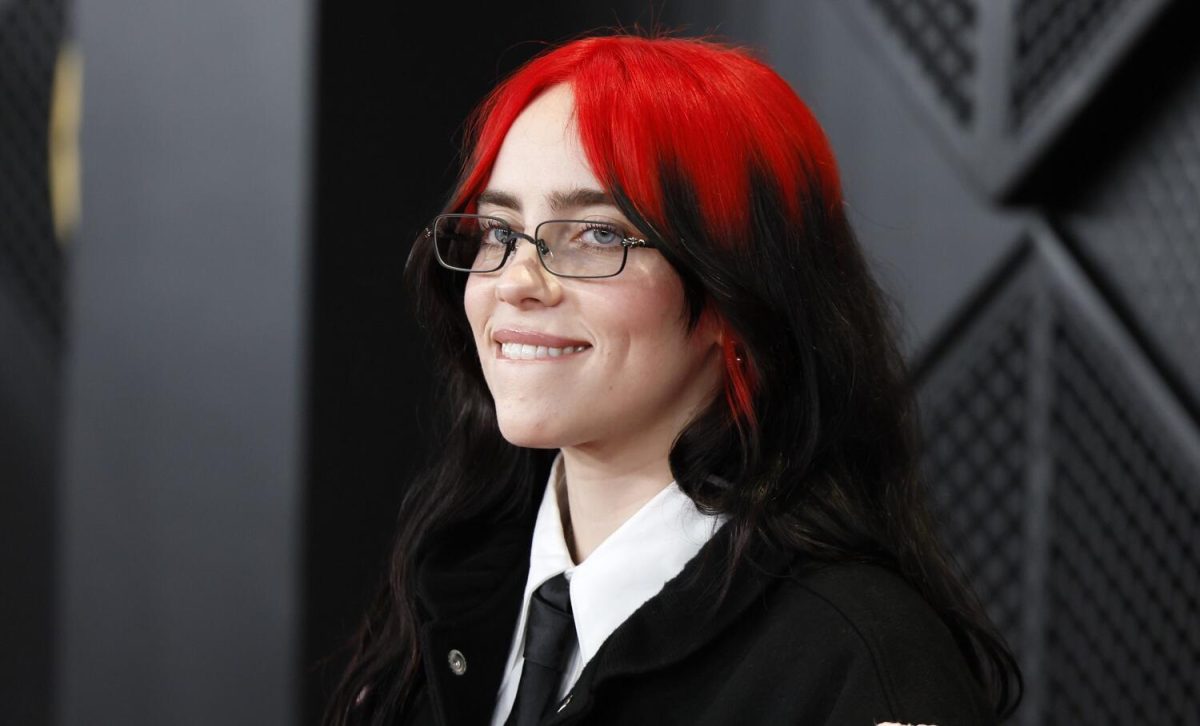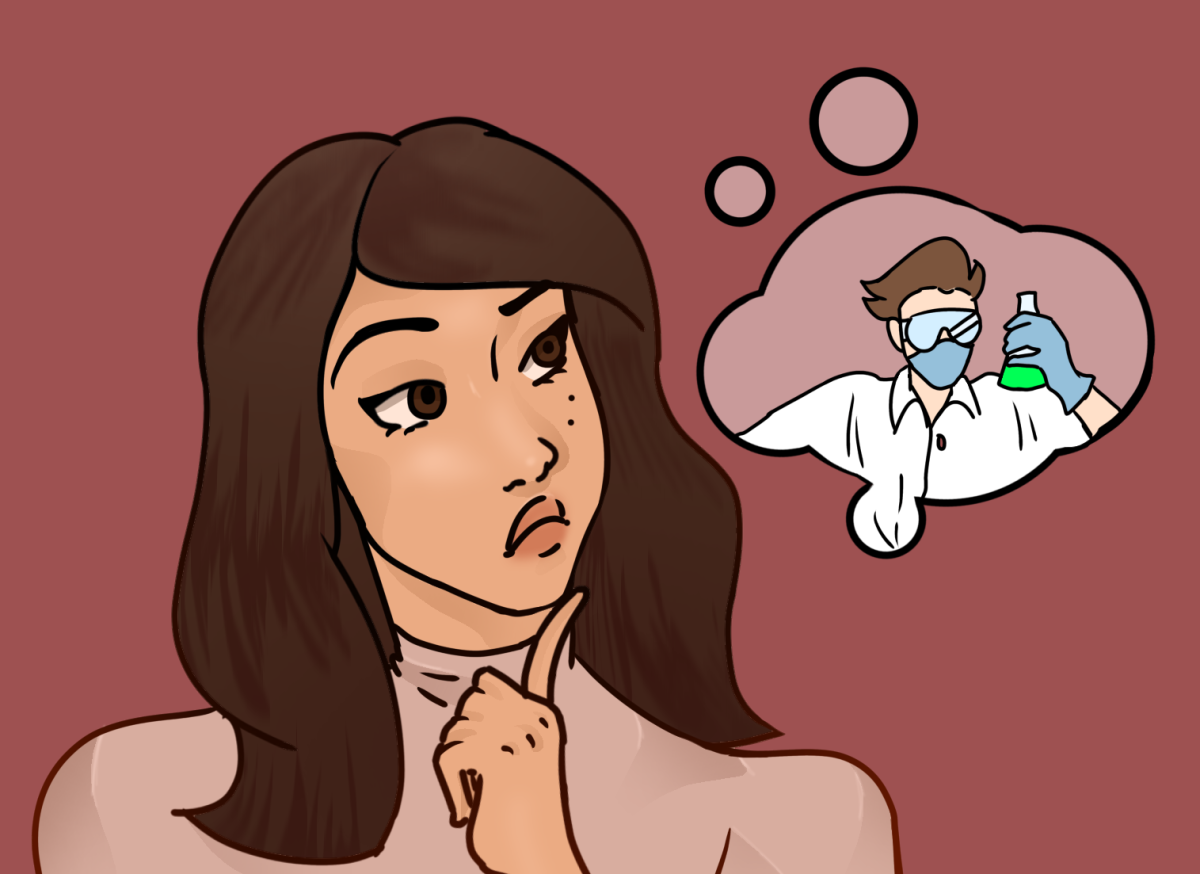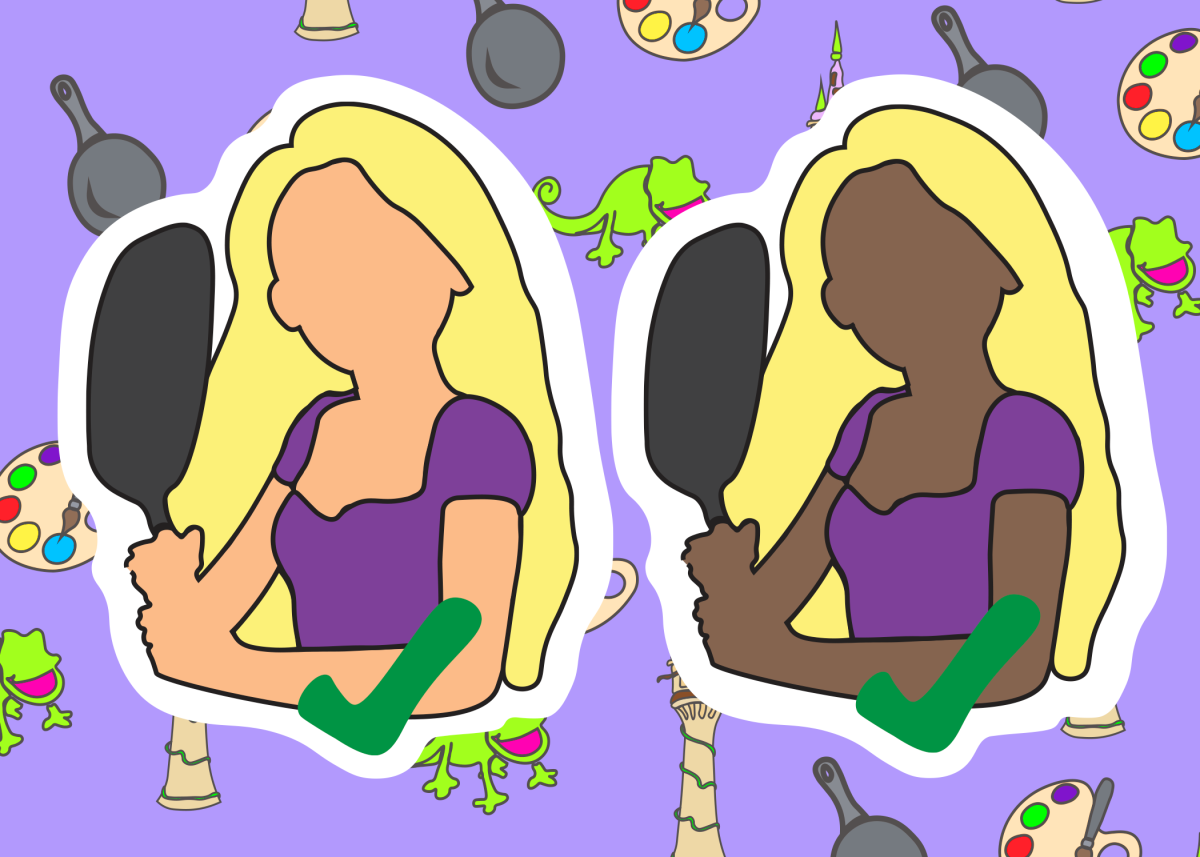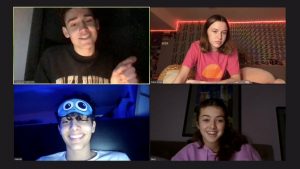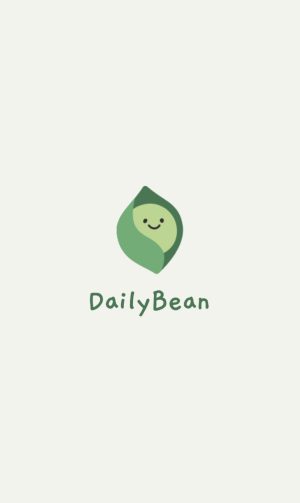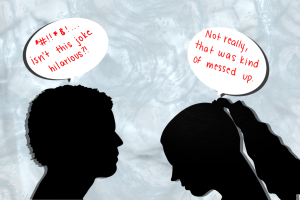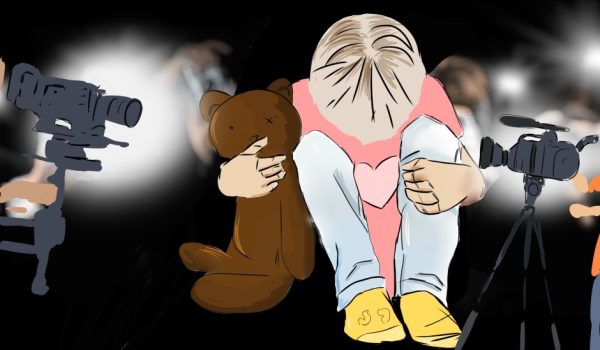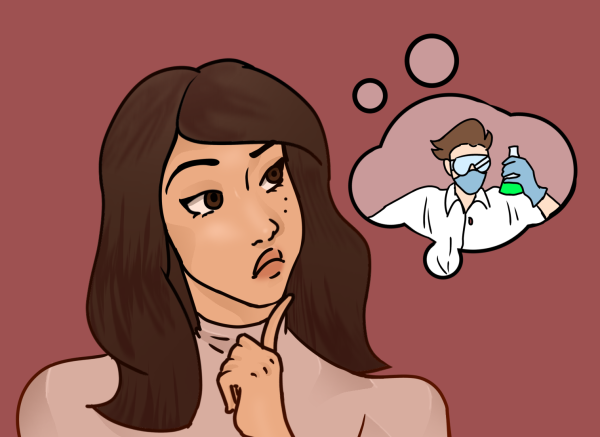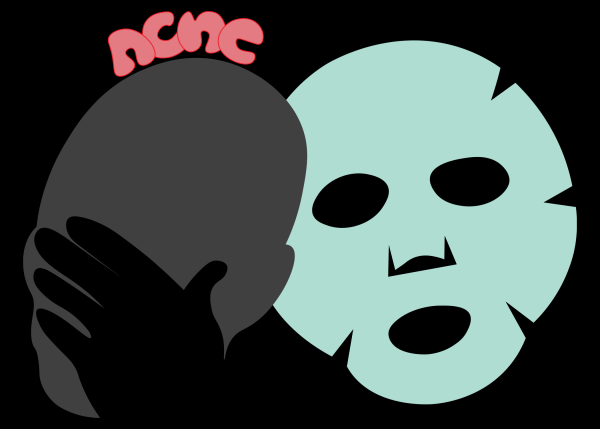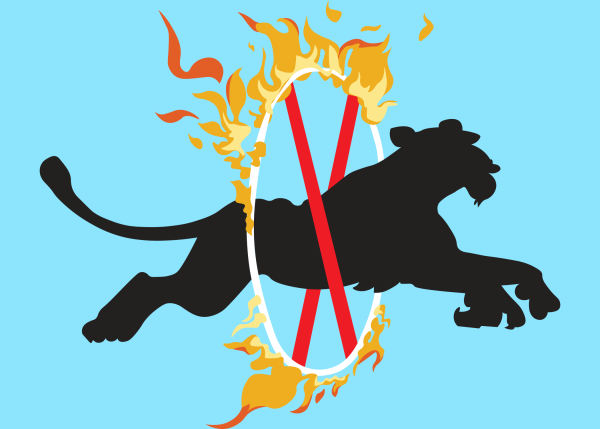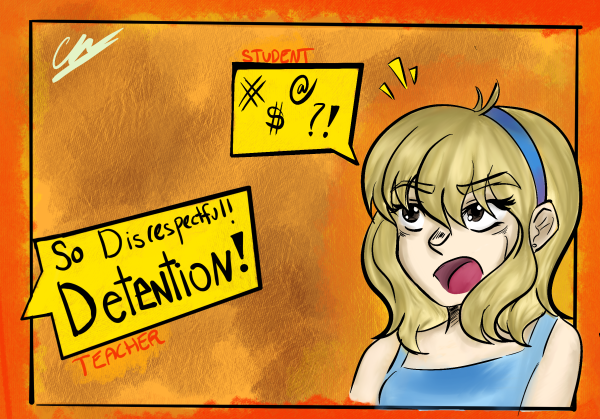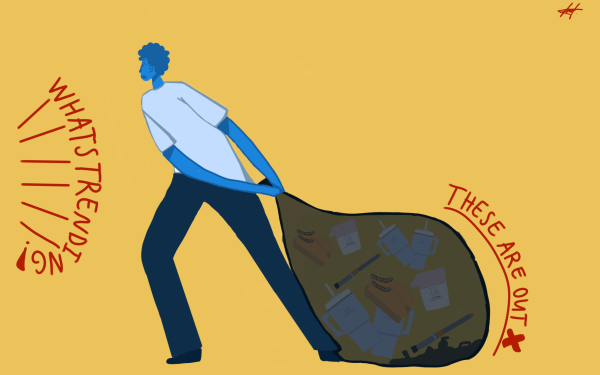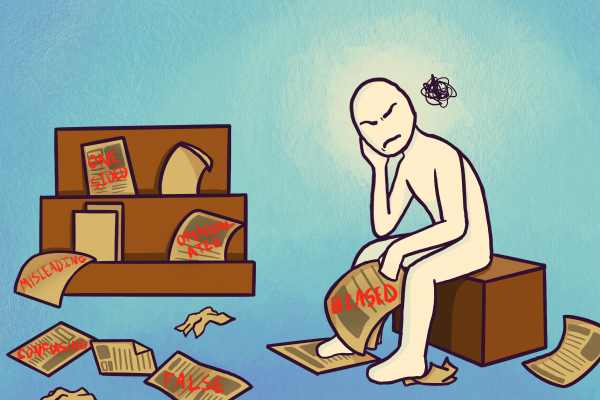[Opinion] TikTok enables the spread of dangerous trends
Toxic trends. TikTok helps spread dangerous challenges such as the Coronavirus challenge and the blackout challenge.
October 17, 2021
Initially created in 2016 as a platform for short, humorous clips, the social media app TikTok has become synonymous in recent years with trends far more sinister.
Similar to other social media sites, TikTok provides its users with the ability to upload content, comment under posts, host livestreams, instant message with other users and consume an endless scroll of media.
The majority of the app’s content takes on a lighthearted approach with makeup tutorials, memes, life hacks and other subjects that users can mindlessly absorb. Some users post videos of them dancing to popular audios, telling stories and trying different filters.
However, despite this more content on the app, TikTok has become dangerous when users go to extreme measures in an effort to gain views and social media clout. Once every few weeks a harmful trend circulates and gains momentum on the app. These trends can be both physically and mentally harmful. Worse off, the platform’s eyeball-seeking algorithm makes it extremely difficult for these dangerous trends to be nipped in the bud before they metastasize across the internet.
One very dangerous and outright stupid challenge that was spread on TikTok last March was the “coronavirus” challenge. The trend was first started by the content creator Ava Louise who uploaded a video of herself licking the toilet seat inside an airplane bathroom. Soon, the coronavirus challenge went viral, with its videos culminating to over 3.1 billion views. The fame that the video brought to its original creator encouraged others to post similar content in the hopes of replicating her view results.
Users began to post videos of themselves licking doorknobs, grocery carts and toilets, all using the hashtag “#coronaviruschallenge.” With almost 5 million deaths from COVID-19 around the globe, it is selfish and dumb for individuals to go out of their way to attempt catching the deadly virus, all in the hopes of enjoying a split second of internet fame.
Another harmful trend is the “milk crate challenge” that involves stacking several milk crates into a stair formation and attempting to climb to the top. While the challenge sounds relatively harmless, the stacked crates form a less-than-stable foundation for climbing. This trend has resulted in several injuries from people falling.
“It’s perhaps even worse than falling from a ladder,” Shawn Anthony, an orthopedic surgeon at Mount Sinai hospital in New York, said in the Washington Post. “It’s very difficult to brace yourself from the falls I’ve seen in these videos. They’re putting their joints at an even higher risk for injury.”
Many hospitals across the world are already under extreme pressure from the COVID-19 pandemic and are too short on space and staff to deal with unnecessary admissions. It is important for users to carefully consider the negative implications of the challenge before they try to attempt it.
An additional challenge that has been circulating on TikTok is the “blackout challenge,” where young people are encouraged to hold their breath until they pass out in an attempt to experience a high, similar to the feeling induced by drugs or alcohol. This challenge is extremely dangerous for obvious reasons and has resulted in a slew of deaths, including the death of a 10-year-old girl.
The “Benadryl challenge” is yet another harmful challenge wherein individuals consume large amounts of the antihistamine to induce hallucinations. Numerous teens have overdosed due to the challenge, with one 15-year-old girl passing away.
Benadryl contains diphenhydramine, an antihistamine that works to combat hay fever symptoms, upper respiratory allergies and common cold symptoms, such as a runny nose and sneezing, when taken in small doses. Higher doses can cause heart trouble, seizures, coma and even death.
TikTok trends can also be mentally harmful. For example, certain audio clips are used to show off self harm scars which can be extremely triggering, especially to individuals who are themselves recovering from mental health issues.
Additionally, the app is a breeding ground for eating disorders. There is no shortage of body-checking posts wherein users post videos of them standing in front of the camera in order to see how their body carries weight, fits in clothes and looks at different angles.
Numerous accounts post pro-anorexia and pro-bulimia tips to help their followers continue their disordered eating. Supposed “weight loss” accounts encourage their followers to try to maintain impossible habitats in order to reach their goal weight.
Users that are struggling with their own eating disorders project their habits onto the viewers of the content, creating an environment that supports and nurtures these disorders.
Some post “what I eat in a day videos” to show how little food they consumed throughout the day and in some cases will even calculate the calories to prove their point.
These posts can be detrimental to the progress of individuals who are suffering from eating disorders. Additionally, children are especially likely to fall victim to this type of content and start over analyzing their own eating habits.
Worse off, multiple videos that cover sensitive topics, such as eating disorders, self harm and drug or sexual abuse also lack a trigger warning that gives users enough time to click away if they do not want to see or hear about the subject.
Similar to most platforms, TikTok has pros and cons. It can be used as a platform to teach people new skills, whether it is learning how to apply to colleges or tricks on how to put on eyeliner perfectly, and often unites various groups of people. However, it also produces dangerous trends that can result in serious physical and mental injuries and may even lead to death. At the end of the day, it is up to the viewer to make smart choices for their own mental capacities.


